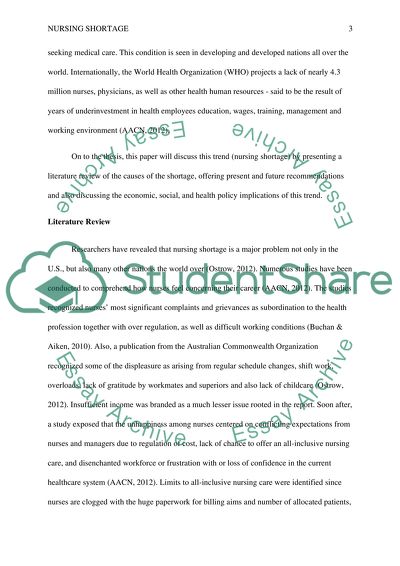Cite this document
(“Nursing Shortage Essay Example | Topics and Well Written Essays - 2500 words”, n.d.)
Retrieved from https://studentshare.org/sociology/1637943-nursing-shortage
Retrieved from https://studentshare.org/sociology/1637943-nursing-shortage
(Nursing Shortage Essay Example | Topics and Well Written Essays - 2500 Words)
https://studentshare.org/sociology/1637943-nursing-shortage.
https://studentshare.org/sociology/1637943-nursing-shortage.
“Nursing Shortage Essay Example | Topics and Well Written Essays - 2500 Words”, n.d. https://studentshare.org/sociology/1637943-nursing-shortage.


